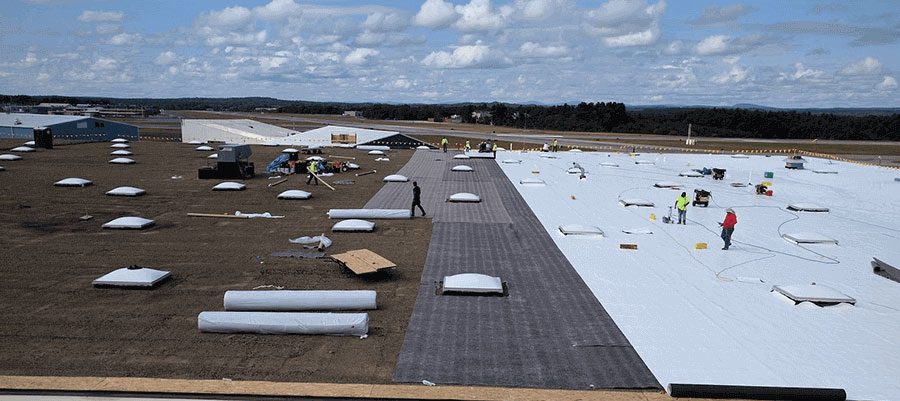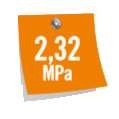Advantages and Disadvantages
Advantages and Disadvantages
- Home
- Water Proofing
- Advantages and Disadvantages

Waterproofing Features
Water-based waterproofing product composed of acrylic resin and modified cement, that guarantees long-lasting elasticity as well as an easy, simple and quick application, with very low margins of committing mistakes by an applicator.
The materials are used in a system to prevent the ingress of water into foundations, roofs, walls, basements, buildings, bridges and structures when properly installed. A single product is able to maintain, in the course of time, enough elasticity to withstand the most critical surface settings. A product of such quality to ensure decennial waterproofing, even if subjected to high and low temperatures and to continuous freezing – defrosting cycles.
Advantages of waterproofing:
- Used directly underneath asphalt.
- Prevents mold, mildew and decay
- Good weldability
- Prevents metals from rusting and wooden furniture
- Prevents seepages from the ceiling and walls
- Prevents dampness inside the building
- Dimensional stability at high temperature when pouring the asphalt
- Safeguards the structural integrity of the building.
- Durable
- Flexible when cold and hot
- High mechanical resistance
- High puncture resistance
- Property value increases
- High performance: with a reinforcement Glass fleece, the membrane has a perfect dimensional stability
Disadvantages of waterproofing
- The primary disadvantage of positive side waterproofing is that the system is inaccessible for repairs after the installation. This means that costly removal of topping (concrete, landscaping, grass, dirt, etc.) is required prior to repair - no matter how small the area of repair is.
- Sub slabs and well pointing are required for foundation waterproofing.
- Negative side waterproofing does not provide protection from freeze-thaw cycles and is limited to the application of cementitious systems.
- Water-resistant and waterproof building materials cost more than standard products, and installation might be more expensive as well. So balance your needs against your budget to determine the level of waterproofing that works best for your home.
Technical Features

Crack Bridging Ability
Resistant to surface micro-lesions and building structural movements.

Resistance to aging test:
8 hours cycles of UVA radiation at 60°C. 15 minutes cycles of warm rain at 50°C. 8 hours cycles of fog at 60°C.

Cold flexibility
Minimum temperature in which the product resists to traction and flexibility stress.

Tensile strength
Maximum pressure before cracking: 2.32 MPa.

Positive thrust waterproofing
Maximum water pressure. before cracking (frontal side) 9.5 atm.

UV-rays resistant
Time before degradation. 1000 hours of Weathering test (UV rays cycle) 10 years of continuous sun-exposure.

Resistance to water steam diffusion (µ)
The product does not allow the flow of steam and acts as a barrier.

Punching test
Maximum pressure before perforation 68.7 N.